Sony's Xperia XZ1 gets most everything right
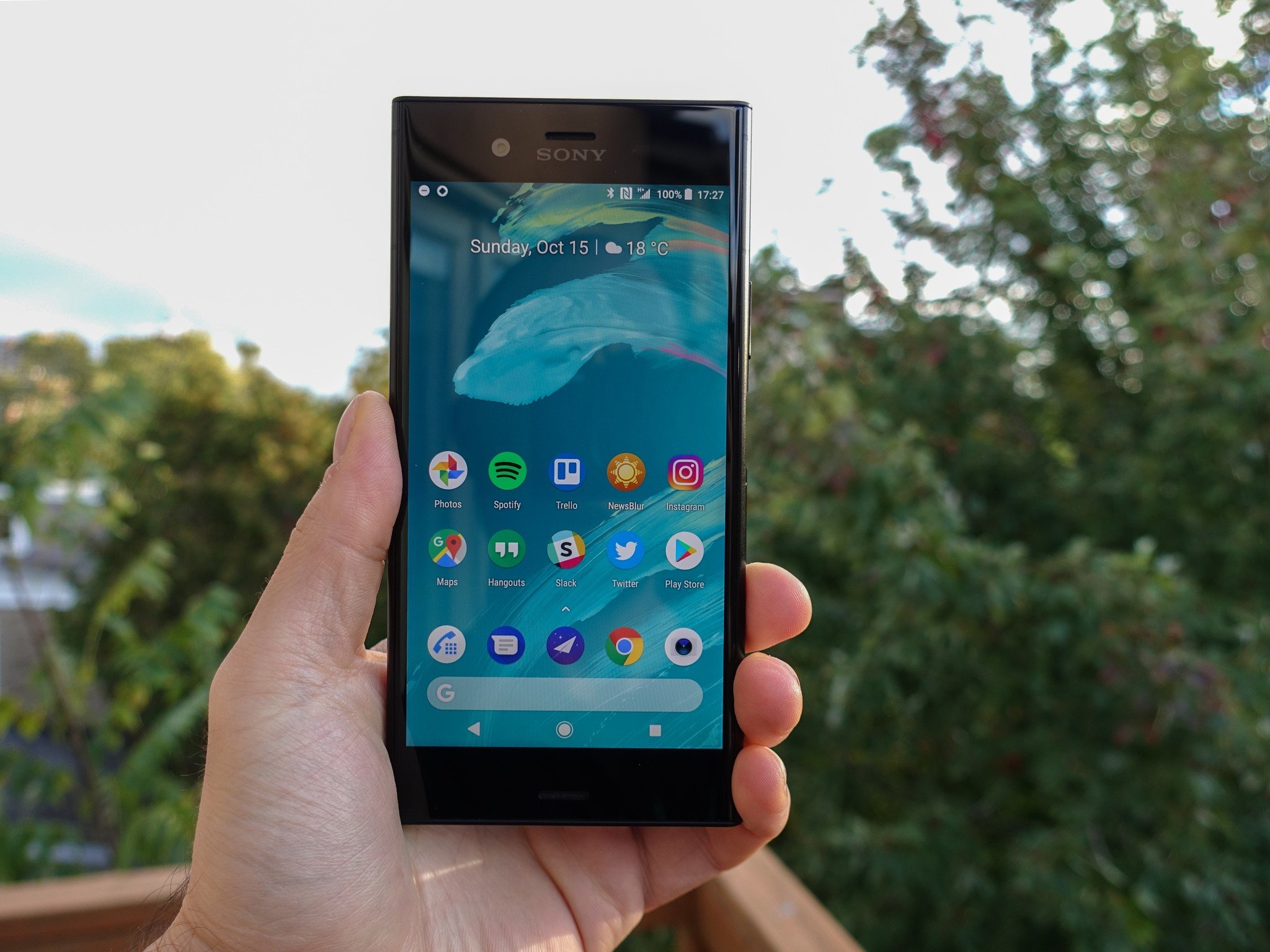
There are so many phones launching this quarter, it's difficult to keep up. In the U.S., Sony's phones generally get announced and go on sale with little fanfare, largely because they lack carrier backing. This is true of the Xperia XZ1, which is available on Amazon right now for $650, and its smaller Xperia XZ1 Compact counterpart.
Here in Canada, things are a little different: for the XZ1, Sony has the support of the country's second-largest carrier, Bell as well as upstart Freedom Mobile. The result is a wider net of potential customers and, mercifully, a lower price on subsidy to offset Sony's traditionally high prices. Oh, and it also has a fingerprint sensor.
Canadians can buy the Xperia XZ1 at a carrier, and use its fingerprint sensor. Jealous?
The Xperia XZ1 is the company's best phone in years, and finds the company performing at its peak, with few real compromises compared to other flagships on the market, for the first time since 2014 or so. Though the company has frequently brought out great products — everything from the Xperia Z line was, while flawed, pretty reliable — it faltered slightly with the Xperia X series, and only slightly recovered with 2016's XZ.
In truth, the Xperia XZ1 does little to further Sony's industrial design, and it doesn't completely resolve its most endemic problem — a camera experience that pales in comparison to leaders like Google, Samsung, Apple, and HTC. Instead, it gets the Japanese company closer than ever to those lofty heights, while providing Sony's famously good battery life, exceptional build quality, and stable software.
The whole package
Sony often gets criticized for the glacial pace of its design evolution, but I am content with the subtle ways Sony continues to improve its phones. The Xperia XZ1, for instance, is the perfect size for one-handed use; its 5.2-inch LCD display is quite good, even at its comparatively low 1080p resolution; its audio capabilities are impressive, and work seamlessly; and as Andrew remarked in his review, the phone's camera is demonstrably better than any Sony phone to date — even using the same hardware as its larger XZ Premium counterpart.
Then there's something else — a thing I can't quite put my finger on, but it's there nonetheless. It's a kinship with a piece of technology that rarely happens as quickly as it did here. Perhaps it's the perfectly-placed, 100% reliable fingerprint sensor (sorry, Americans) or the two-stage shutter button that, now, actually produces great photos. Or perhaps it's the fact that it ships with Android 8.0 Oreo, the first on a non-Google phone.
After the honeymoon
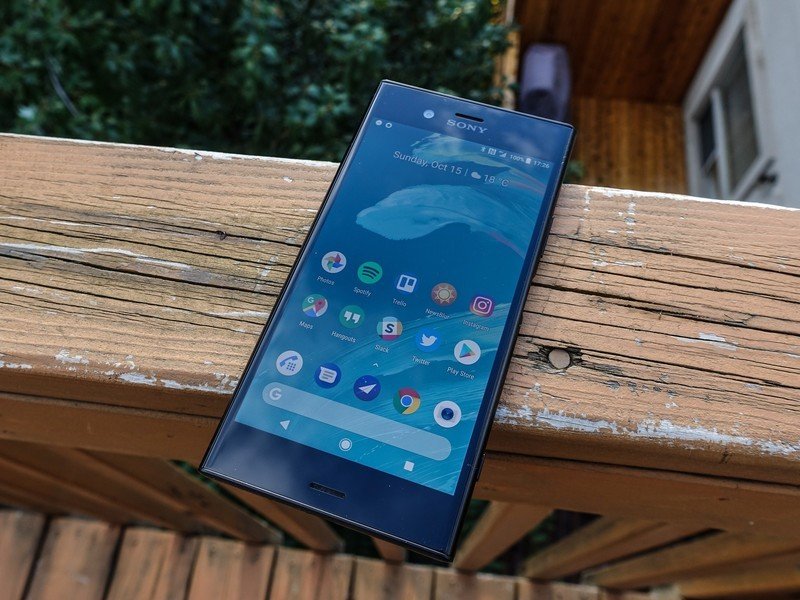
Here's my issue with the narrative about flagships today — their first impression is given more weight than their long-term usability. The Xperia XZ1 has just come out, but I have only had good experiences with Sony phones in the months and years since their release and have no reason to think differently about this one.
Get the latest news from Android Central, your trusted companion in the world of Android
That's because Sony doesn't encumber its software with useless apps, nor does it generally feel weighed down by the stagnating Android skin it's so often criticized for not updating. Yes, Sony's app drawer scrolls horizontally and requires some awkward finger maneuvering to put an app on the home screen, but if that's the biggest criticism one can levy at it, I think it's in pretty good shape.
Who cares if the launcher feels old-fashioned when it's the first phone running the latest Android version?
Such an affordance to consistency between generations also affords Sony the ability to iterate on its platform updates more quickly than other companies; who cares if the launcher feels old-fashioned when it's the first phone running the latest Android version? Seriously, the latter is far more important to me — especially when it forgoes much of the instability and bugginess that I experienced on the Pixels. It's not perfect, mind you, but I've only been forced to close an app or restart the phone a couple of times.
This is a phone that, were I forced to settle down with a single device for a year, I could happily keep in my pocket. Its size, weight, build quality, water resistance, dual front-facing speakers, audio prowess, camera shutter button, performance, and up-to-date software are points in its favor. And its "boring" design, its utilitarianism, happens to be one, too: phones are meant to be used, not admired.
The bezel problem
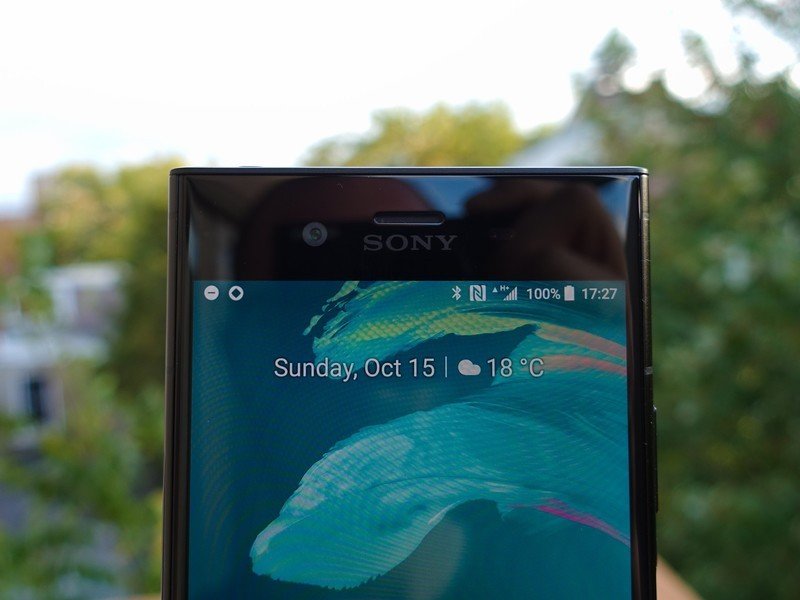
Sony phones have bezels. They're ugly. Their designs are not in the same league as those from Samsung, LG — even Google.
I mean, sure. This is not the most modern phone you can buy, not by a long shot. If you're a screen-to-body ratio absolutist, you should probably stay as far from the the Xperia XZ1 (and the Pixel 2, for that matter) as possible. But in this case bezels are useful — holding the phone in landscape in one hand and pressing the shutter button requires pressing one's palm into the bottom portion below the screen. Were that area filled with pixels, it would almost certainly make the shutter button less usable.
The bezel problem is also emblematic of the XZ1's other minor issues: the camera isn't great in low light, and the stereo speakers aren't as loud as some of the competition. Indeed, the 2700mAh battery doesn't outlast all the competition (though it handily beats the Galaxy S8, which has a larger cell), and the aluminum back is occasionally slippery.
These are all issues I grew to accept in a short amount of time, but they may be dealbreakers for you. That's fine — don't buy the phone.
The camera performs
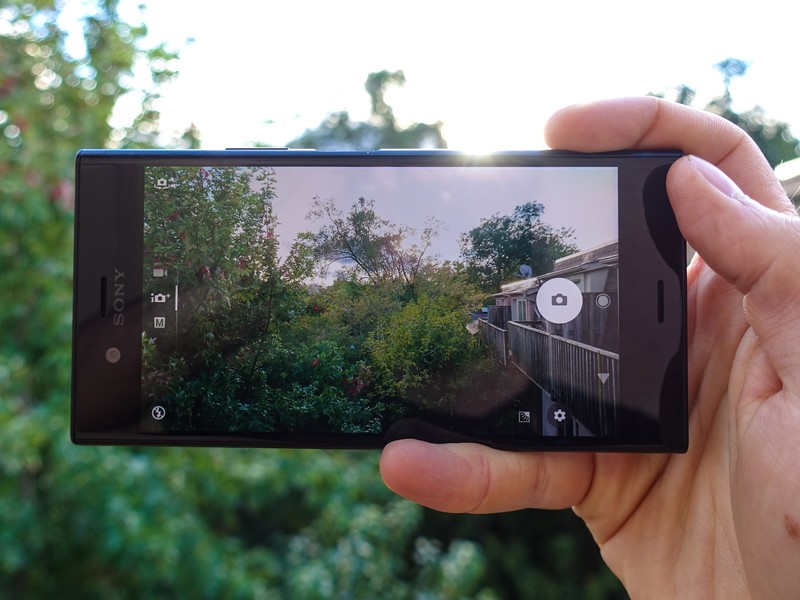
I'm not going to rehash what Andrew wrote about the phone in his effusive piece on the Xperia XZ1's camera, but I'll say this: I haven't felt this comfortable just shooting with a Sony phone in a very long time.
In years past, Sony was its own worst enemy, with superlative camera hardware let down by awful post-processing. This year, things are considerably better, with warm and inviting colors, instant and accurate autofocus, and low-light performance that, while not always awesome, is much better than in previous models.

Of course, I haven't mentioned the 3D Creator software — the gimmick that scans your head, or a sandwich, and models it in full 3D. When I tested the phone, it was a neat trick, but since actually getting the phone I haven't once opened the app and likely never will.
A sound choice
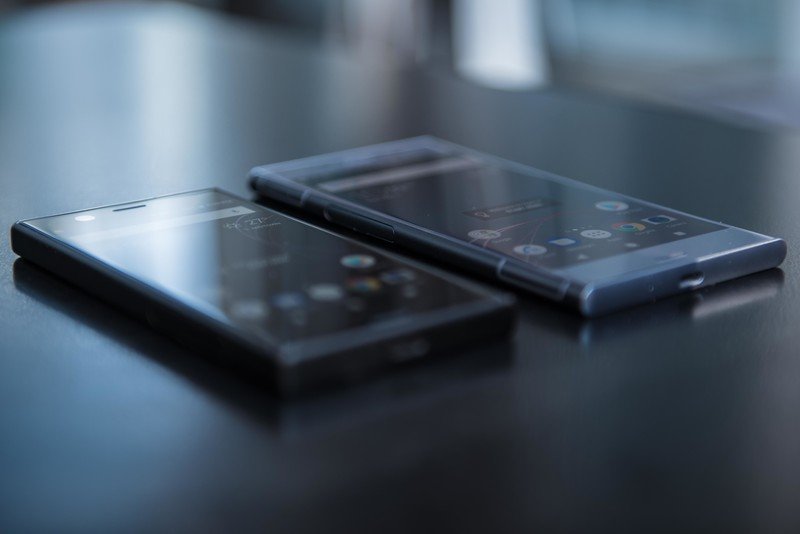
In addition to very good imaging, Sony's latest phone, as its previous ones did, emphasizes audio quality. It lacks the high-output amplifier and DAC of the LG V30, but Sony makes up for it somewhat we support for a number of impressive proprietary and standard codecs that purport to make streaming audio sound better from any set of headphones.
This bears true. Every headphone I tested, Bluetooth or wired, on the phone sounded great, and Sony's ClearAudio+ suite of optimizations actually works, dynamically altering the equalizer based on the headphone type connected.
The Sony story
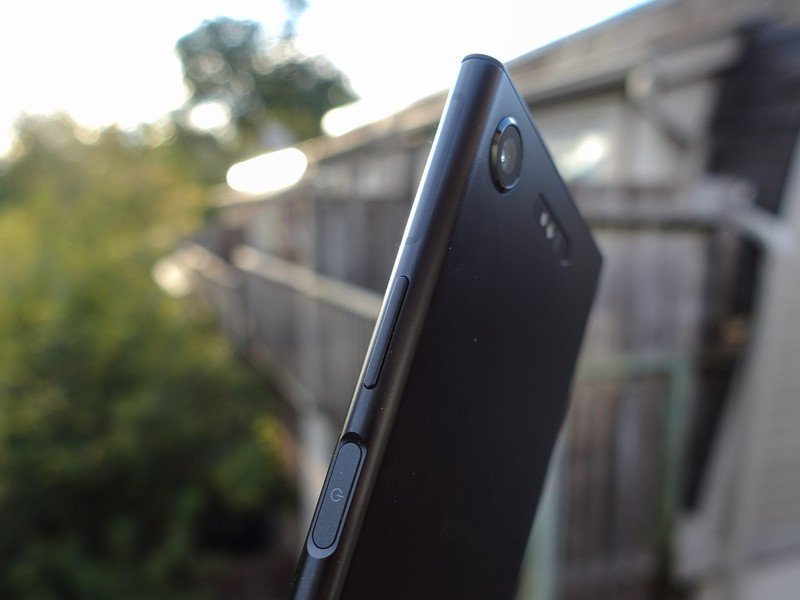
Sony doesn't make any money from its smartphone division. Its mobile business is largely subsidized by other better-performing areas in the company, namely PlayStation and imaging.
Sony also doesn't sell its phones in the U.S. on any carriers, and the unlocked versions available on Amazon and elsewhere are basically handicapped. While I think you'd be very happy with a Sony phone in the U.S., your money may be better spent elsewhere.
In Canada, however, the story is different. You're back by carrier subsidies at Bell and Freedom Mobile, and the XZ1 ships with that unmatched fingerprint sensor. I used an unlocked Bell model on TELUS and the thing performed beautifully, from phone calls to near-gigabit data speeds. The thing flies. While we don't know pricing at this point, I see no harm in checking out the Xperia XZ1 when it goes on sale later this month.

Daniel Bader was a former Android Central Editor-in-Chief and Executive Editor for iMore and Windows Central.



